Lifang Zhang
Analysing Wideband Absorbance Immittance in Normal and Ears with Otitis Media with Effusion Using Machine Learning
Mar 04, 2021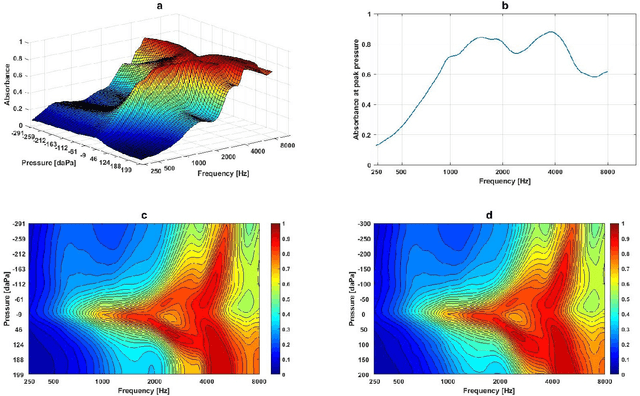
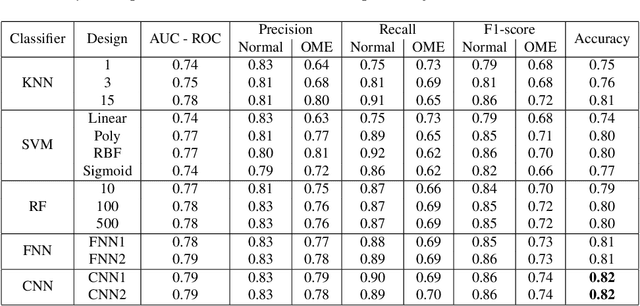
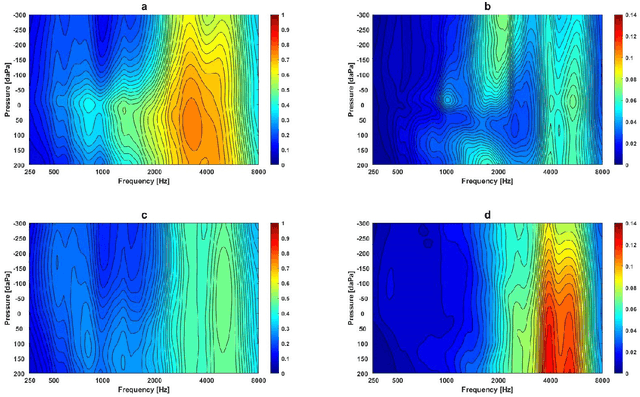
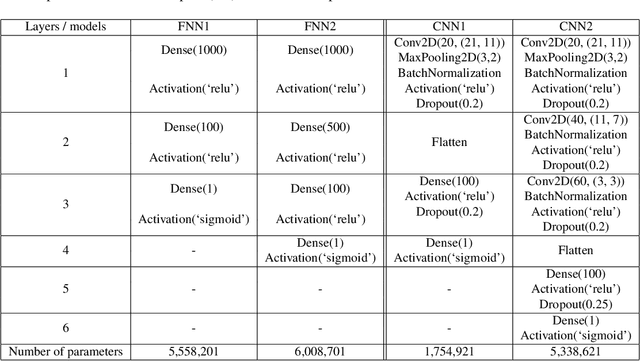
Abstract:Wideband Absorbance Immittance (WAI) has been available for more than a decade, however its clinical use still faces the challenges of limited understanding and poor interpretation of WAI results. This study aimed to develop Machine Learning (ML) tools to identify the WAI absorbance characteristics across different frequency-pressure regions in the normal middle ear and ears with otitis media with effusion (OME) to enable diagnosis of middle ear conditions automatically. Data analysis including pre-processing of the WAI data, statistical analysis and classification model development, together with key regions extraction from the 2D frequency-pressure WAI images are conducted in this study. Our experimental results show that ML tools appear to hold great potential for the automated diagnosis of middle ear diseases from WAI data. The identified key regions in the WAI provide guidance to practitioners to better understand and interpret WAI data and offer the prospect of quick and accurate diagnostic decisions.
Learning zeroth class dictionary for human action recognition
Sep 28, 2016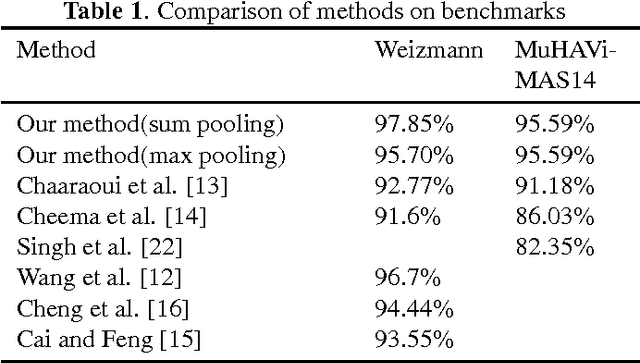
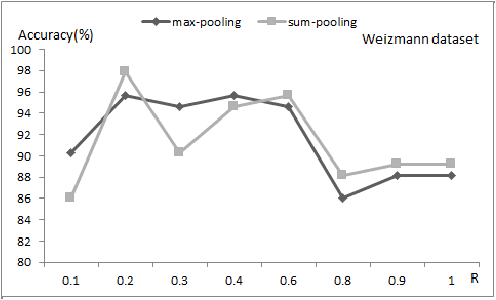
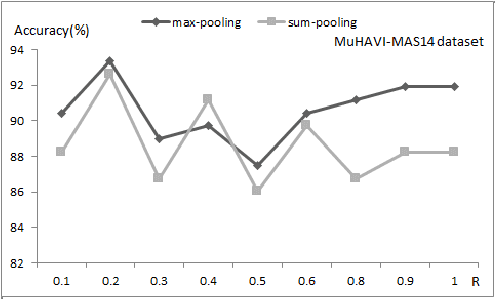
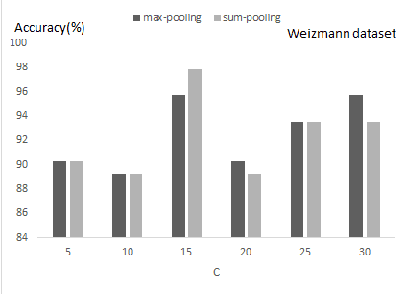
Abstract:In this paper, a discriminative two-phase dictionary learning framework is proposed for classifying human action by sparse shape representations, in which the first-phase dictionary is learned on the selected discriminative frames and the second-phase dictionary is built for recognition using reconstruction errors of the first-phase dictionary as input features. We propose a "zeroth class" trick for detecting undiscriminating frames of the test video and eliminating them before voting on the action categories. Experimental results on benchmarks demonstrate the effectiveness of our method.
 Add to Chrome
Add to Chrome Add to Firefox
Add to Firefox Add to Edge
Add to Edge